While you can’t make permanent renovations in a rental, there are a number of ways to add your own personality to the space in a truly budget-friendly way. Here are just a few ideas for decorating your home at M5250 — even if you’re on a budget!
- Spraypaint large, wall-sized canvases (or a series of two or three) from the local art supply store in bright, bold shades. This is an easy way to add a pop of color to your walls that mimics the effects of a new paint job, and it makes it affordable to create your own simple artwork.
- Mix and match furniture from the local resale store to create a kitschy, cool effect that looks straight out of a design magazine. This is also a great way to save a good bit of money on big ticket items, such as sofas and lounge chairs.
- Bring in elements of the outdoors to create a warm, natural look throughout the home. Fill vases with stark branches, add seashells to small bowls, or fill a large jar with pinecones for seasonal dwcor.
- Create your own headboard by simply covering a flat, wooden board the size of your bed with a high quality fabric. Leave the top open and stuff it with pillow filling, and then add tufted details or nailheads along the outer edges.
32 Budget-Friendly Home Decorating Ideas [Country Living]
Budget Decorating [HGTV]
20 Low-Cost Decorating Ideas [Real Simple]
20 Thrifty, Frugal & Inexpensive Decorating Ideas [Apartment Therapy]

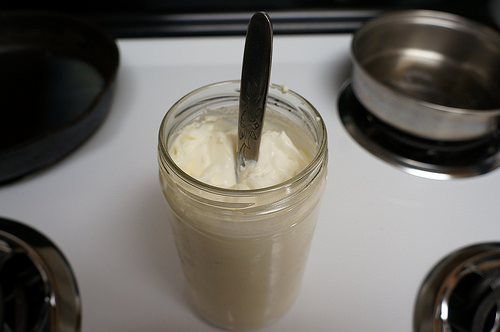

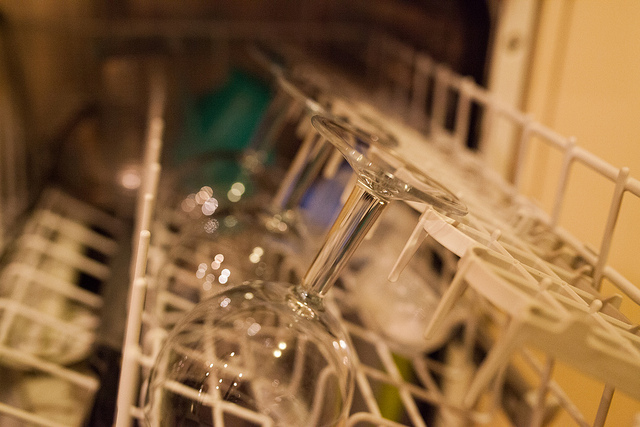
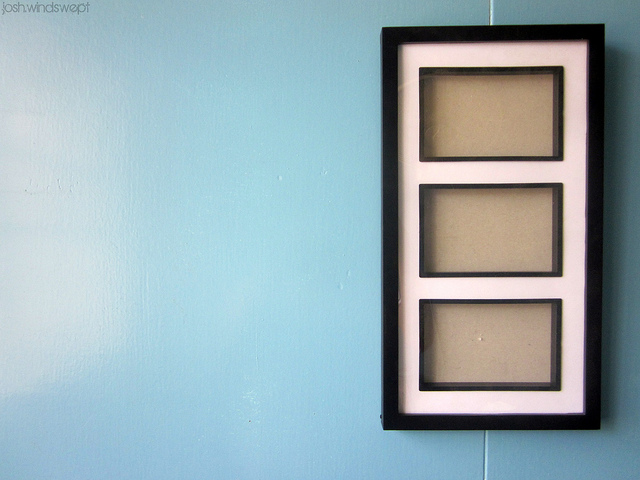

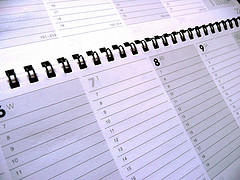
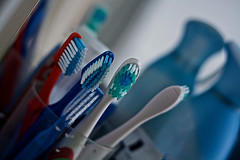

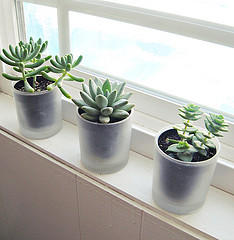
 Equal Housing Opportunity
Equal Housing Opportunity